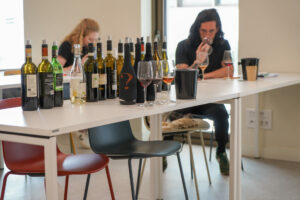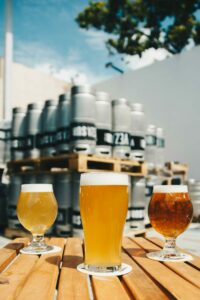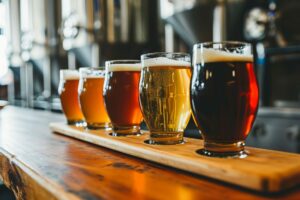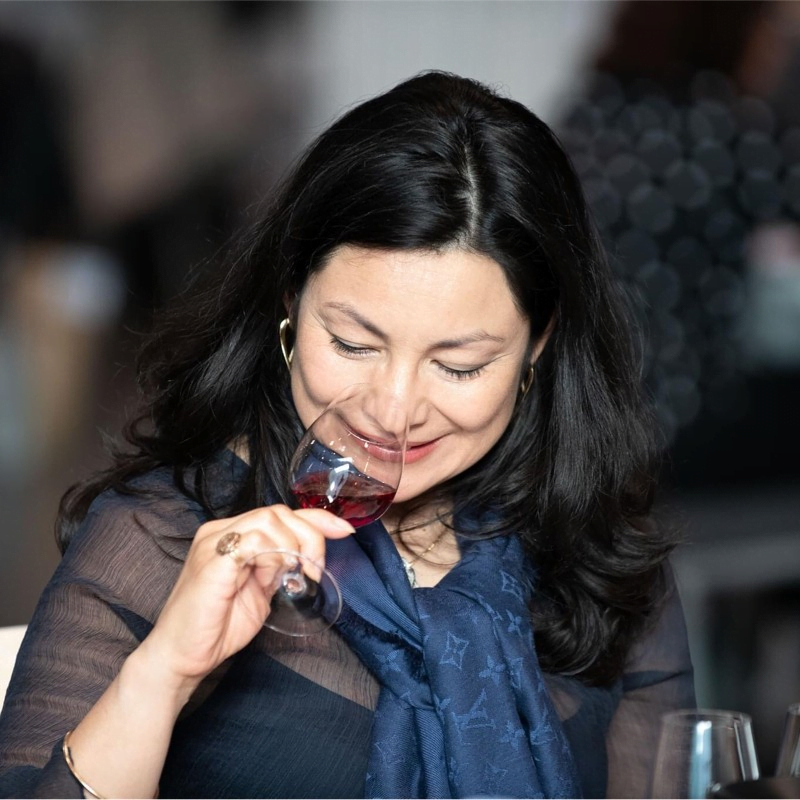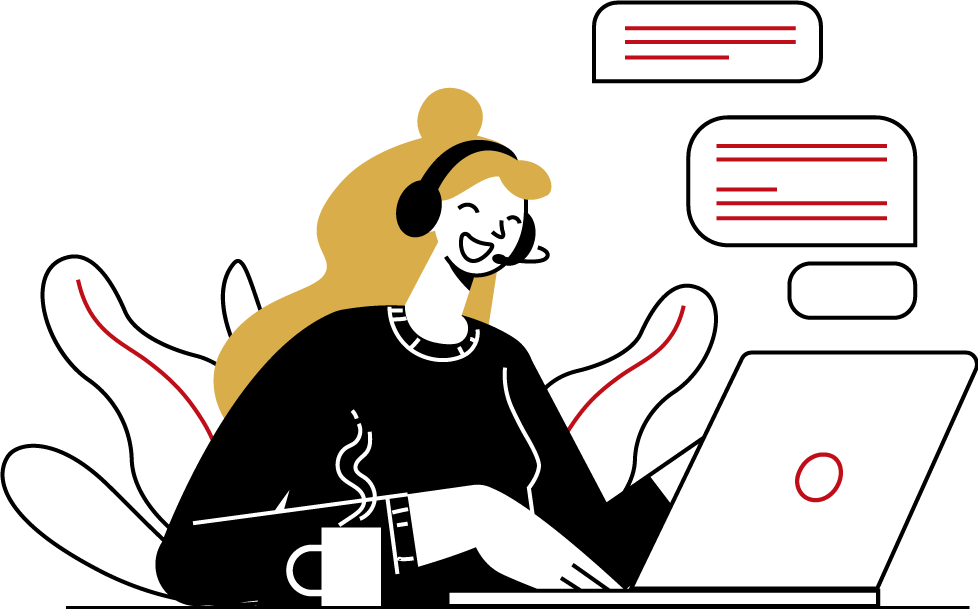Lees, what are they exactly? These are dead yeast cells that sediment and settle at the bottom of tanks and barrels during various fermentations. Let’s explore the process of dead yeast formation and their impact on wine.
CHEMISTRY MINUTE: THE FORMATION OF LEES
Lees of red wine at the bottom of a tank The formation of lees is mainly due to yeast autolysis. This phenomenon, which occurs a few weeks after the yeast cells die at the end of fermentation, corresponds to the enzymatic self-degradation of yeast cells, releasing numerous cellular components into the wine such as amino acids, aromatic compounds, and proteins.
Key takeaway: Dead yeasts add additional chemical elements to the wine’s structure and aromas, providing better protection for the wine.
AGING ON LEES FOR WHITE AND RED WINES
Aging on lees is more common for white wines, particularly in regions such as Burgundy, Champagne, and Muscadet near Nantes.
Bâtonnage in barrel In Burgundy, aging on lees is practiced in Chardonnay barrels. The principle of bâtonnage is used to keep the lees suspended in contact with the wine. This adds richness to the wine and preserves youthful characteristics, potentially preparing it for aging. Bâtonnage is done 2 to 4 times a month using a tool called a “dodine,” a type of large spatula. It is more frequently done in winter.
In Champagne, aging on lees occurs in the bottle. During the second fermentation in the bottle, dead yeast cells remain in contact with the wine until the disgorgement phase. The proteins released during yeast autolysis significantly impact the quality of the mousse. The buttery aromas are characteristic of Champagne, especially for Blanc de Blancs made from 100% Chardonnay.
In Muscadet, aging on lees is done in tanks from alcoholic fermentation until bottling. It is directly associated with the appellation name, as seen in Muscadet Sèvre et Maine sur lie. The primary grape variety, Melon de Bourgogne, is not very expressive. Thus, aging the wines on lees adds richness, and aromatic complexity such as butter, almond, or hazelnut aromas, along with a slight effervescence.
Most red wine production uses the racking method to eliminate lees that have settled at the bottom of the tank. However, some winemakers prefer aging their wine on lees, particularly in Burgundy. This process allows the wine to round out, softening tannins or acidity and stabilizing aromatic expression and color. According to a CESAMO (Center for Structural Studies and Analysis of Organic Molecules) study, the most interesting property of aging red wines on lees is its antioxidant virtue. Prolonged lees aging in barrels allows for more oxidative aging while preserving the fruity aromas of the wine.
For both whites and reds, aging on lees can be done with fine lees. This involves removing the gross lees by racking to preserve only the fine lees. There are also aging processes on total lees.
Lees have a reductive effect on wine as they consume a large part of the oxygen present in the tank, especially when suspended. The winemaker must then be cautious of undesirable aromas related to this reduction. Reduction aromas manifest as cooked cabbage smells, which usually dissipate with aeration. If persistent, do not hesitate to “shock” the wine by decanting and transferring it again, even if it results in a slight foam on the surface.
PS: The color “lees of wine” officially exists in the Pantone system and is widely used in fashion and cosmetics. It is described as a reddish-purple.
Explore WiSP’s wine and spirits training catalog and become an industry expert: excellent WSET and Wine Scholar Guild courses to become a wine and spirits expert.

